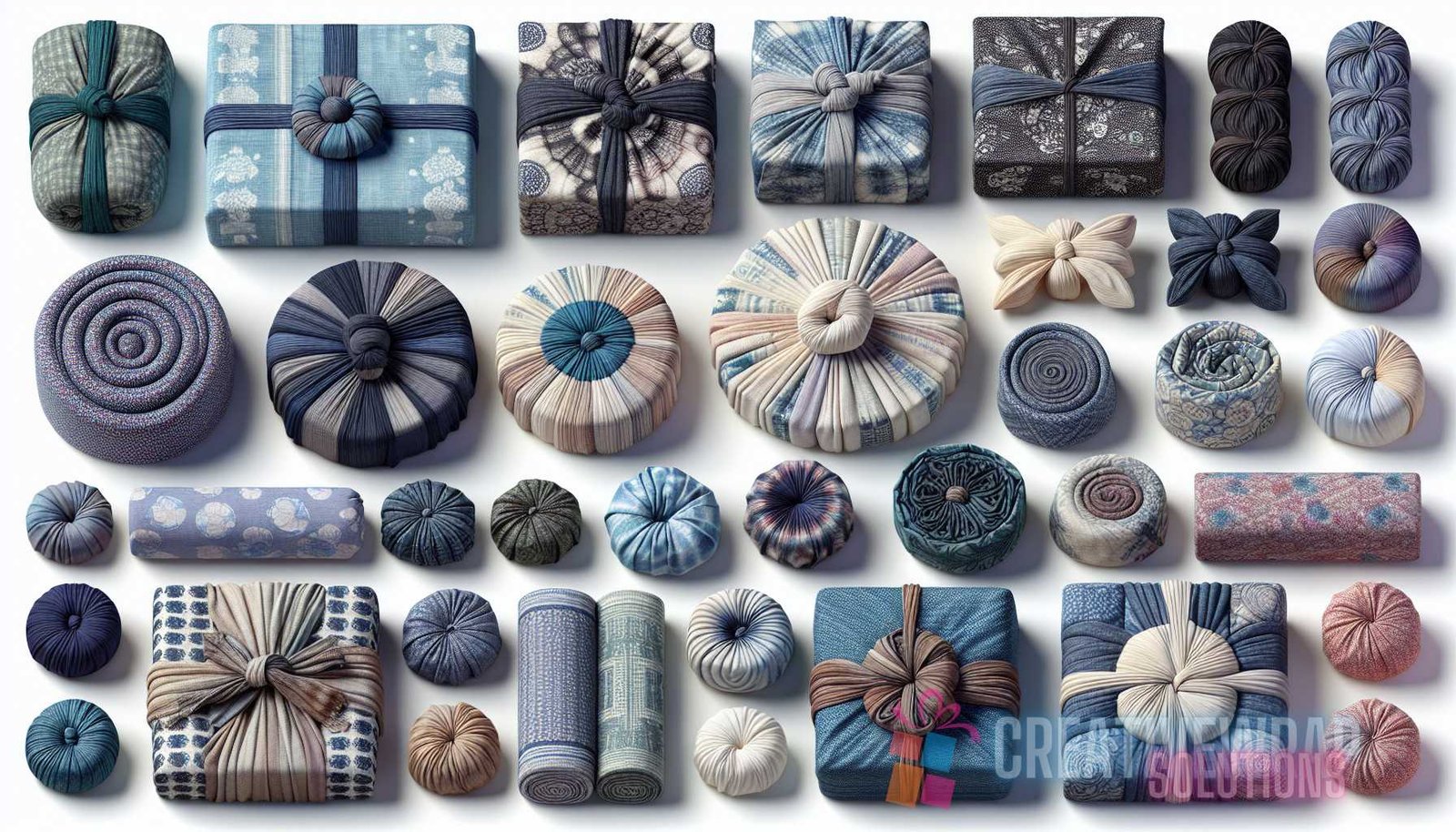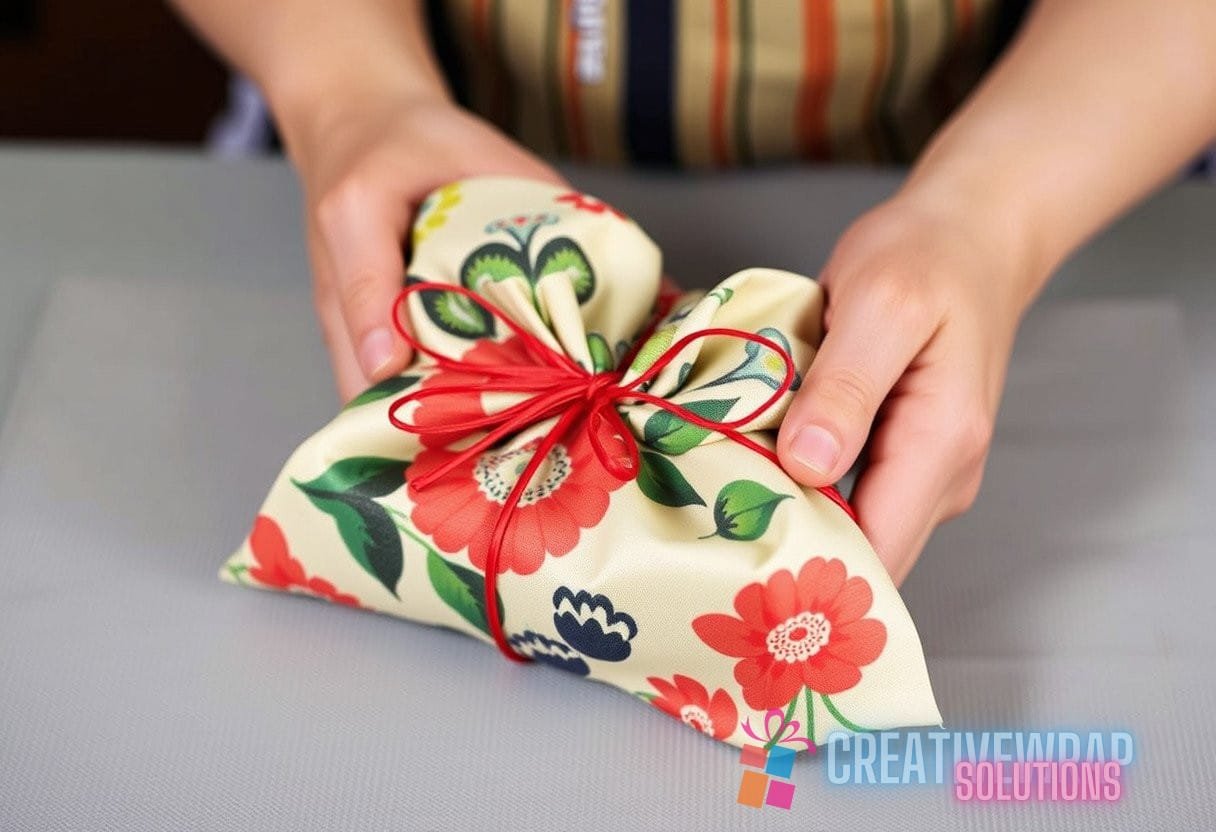Introduction
Gift-giving is an ancient tradition deeply rooted in culture, and the art of gift presentation plays a significant role in enhancing the recipient’s experience. In Japan, a country rich in traditional craftsmanship, the art of gift wrapping is taken to a whole new level. One of the most enchanting techniques is shibori wrapping, which draws inspiration from the serene beauty of water. Shibori, a traditional Japanese tie-dyeing technique, has been adapted to create stunning gift wraps that are not only visually appealing but also sustainable.
In this article, we will delve into the world of shibori gifting, exploring the history and techniques behind this art form. We will also discover how shibori gift wraps contribute to sustainability and elegance in gift presentation. So let’s unveil the secrets of Japanese shibori wrapping and unlock the beauty of this ancient craft.
What is Shibori?
Shibori is a traditional Japanese resist-dyeing technique that involves manipulating fabric to create distinctive patterns. The word “shibori” comes from the Japanese verb “shiboru,” which means “to wring, squeeze, or press.”
The history of shibori dates back centuries, with evidence of its existence in Japan as early as the 8th century. Artisans developed various methods to create unique patterns on fabric, using a combination of stitching, knotting, folding, twisting, and clamping. The desired design is achieved by tightly binding or compressing the fabric to resist dye penetration in certain areas.
Types of Shibori Techniques
Shibori encompasses a wide range of techniques, each producing distinct patterns. Some of the most popular shibori techniques include:
- Kanoko Shibori: In this technique, small dots are created by hand-tying fabric before dyeing.
- Itajime Shibori: Fabric is folded, pleated, or clamped between two boards or resists before dyeing.
- Arashi Shibori: The fabric is wrapped diagonally around a pole and then compressed before dyeing.
- Kumo Shibori: This technique involves pleating the fabric and then binding it before dyeing to create a cloud-like pattern.
Historical Significance of Shibori
Shibori has been an integral part of Japanese culture for centuries. Traditionally, shibori textiles were used for various purposes, including clothing, accessories, and home decor. The intricate designs and patterns of shibori fabrics were considered a symbol of wealth and status.
In the Edo period (1603-1868), shibori was in high demand as kimono fabrics, particularly among the samurai class. The artistry and craftsmanship involved in creating shibori textiles made them highly valued possessions. Today, shibori continues to be cherished as a traditional craft, with modern applications in fashion, interior design, and, of course, gift wrapping.
Shibori Gift Wrapping
The art of shibori gift wrapping elevates the act of gift-giving to a whole new level. Instead of traditional wrapping paper, shibori wraps are created using fabric, adding an element of luxury and sustainability to the process. Shibori gift wraps can be reused and repurposed, reducing waste and promoting a more eco-friendly approach to gift presentation.
Shibori gift wraps are not only visually stunning but also highly customizable. The intricate patterns and textures created through shibori techniques make each wrap unique and personalized. The care and attention put into the wrapping process reflect the thoughtfulness and sentiment behind the gift itself.
By incorporating the principles of shibori, gift-givers can create beautiful presentations that reflect their creativity and love for the recipient. Whether it’s a birthday gift, a holiday present, or a token of appreciation, shibori gift wraps add an extra touch of elegance and sophistication.
Step-by-Step Guide to Shibori Gift Wrapping
To create your own shibori gift wrap, follow these steps:
- Choose Fabric: Select a high-quality fabric in a color and texture that complements the gift.
- Preparation: Wash and iron the fabric to remove any wrinkles or impurities.
- Select a Shibori Technique: Choose a shibori technique that suits the fabric and desired pattern.
- Fold the Fabric: Fold the fabric in the desired manner to create the pattern, following the instructions for the chosen shibori technique.
- Tie or Clamp the Fabric: Use thread, rubber bands, or clamps to secure the folds and create resistance for dye penetration.
- Dye the Fabric: Prepare a dye bath according to the instructions provided with the dye. Immerse the fabric in the dye bath, ensuring that it is fully saturated.
- Rinse and Dry: After dyeing, rinse the fabric thoroughly to remove excess dye. Hang or lay flat to dry.
- Wrap the Gift: Once the fabric is dry, use it to wrap your gift creatively. Allow the shibori patterns to shine and enhance the overall presentation.

Remember to consider the size and shape of the gift when selecting the fabric and choosing the shibori technique. Experiment with different folding and tying methods to create unique patterns.
By following these steps, you can create a stunning shibori gift wrap that will leave the recipient in awe.
Sustainability and Elegance in Gift Presentation
Shibori gift wrapping offers a sustainable and elegant alternative to traditional gift-wrapping methods. Here’s how shibori gift wraps contribute to sustainability and elegance:
Sustainability
One of the key benefits of shibori gift wrapping is its sustainability. By using fabric wraps instead of disposable wrapping paper, you can significantly reduce waste. Disposable wrapping paper often ends up in landfills, contributing to environmental pollution. Shibori gift wraps, on the other hand, can be reused multiple times, reducing your carbon footprint and promoting a more eco-friendly approach to gift presentation.
Additionally, shibori gift wraps offer a unique opportunity to repurpose fabric. Instead of throwing away old or unused fabric, you can transform it into beautiful gift wraps, giving it a new lease on life. This repurposing not only reduces waste but also encourages creativity and resourcefulness.
Elegance
Shibori gift wraps are undeniably elegant, adding a touch of sophistication to any gift. The intricate patterns and textures created through shibori techniques make each wrap a work of art. The attention to detail and craftsmanship elevate the act of gift-giving, making it a truly memorable experience for both the giver and the recipient.
The timeless beauty of shibori gift wraps can be attributed to the combination of traditional techniques and modern aesthetics. The fusion of ancient craftsmanship with contemporary design creates a visually stunning presentation that reflects both tradition and innovation.
Conclusion
Shibori, an ancient Japanese tie-dyeing technique, has found a new expression in the art of gift wrapping. Shibori gift wraps are visually stunning, personalized, and sustainable, making them the perfect choice for elevating the act of gift-giving. By incorporating shibori techniques into our gift presentations, we can contribute to a more eco-friendly approach and create truly unique and elegant presentations.
Unlock the art of Japanese shibori wrapping and unleash the beauty of sustainable and elegant gift presentation. Let the enchanting techniques inspired by water transform your gifts into works of art, reflecting the thoughtfulness and affection behind the gesture.
For more information on elegant gift presentation techniques, explore these articles on Creative Wrap Solutions:
– Unlocking the Art of Japanese Mizuhiki Crafting: Transforming Gifts with Sustainable Elegance
– Master the Art of Bow Tying: Unleash Stunning Gift Wraps with Innovative Techniques
Experience the magic of shibori gifting and embrace the beauty of sustainable and elegant gift presentation.


